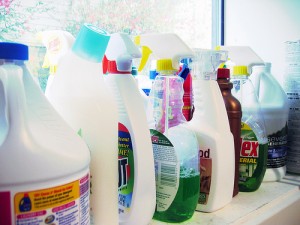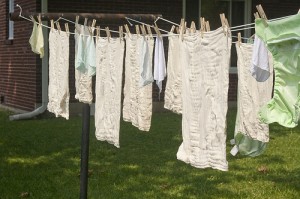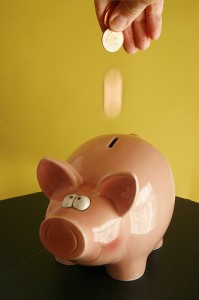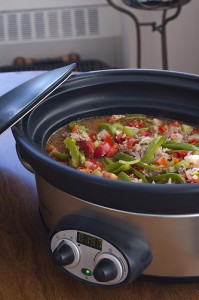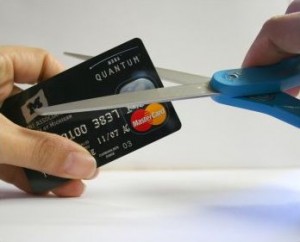 According to an article on the New York Times, big banks including Bank of America, Chase, and Wells Fargo are beginning to charge consumers a monthly fee for utilizing debit cards. Bank of America has announced that debit cardholders will be charged $5 per month if they choose to make debit card purchases in that month, while Chase and Wells Fargo are in the testing phase. The debit card fees are an answer to federal regulations capping debit fees charged to retailers for processing the cards. From the New York Times article:
According to an article on the New York Times, big banks including Bank of America, Chase, and Wells Fargo are beginning to charge consumers a monthly fee for utilizing debit cards. Bank of America has announced that debit cardholders will be charged $5 per month if they choose to make debit card purchases in that month, while Chase and Wells Fargo are in the testing phase. The debit card fees are an answer to federal regulations capping debit fees charged to retailers for processing the cards. From the New York Times article:
Starting Saturday, big banks must comply with a new regulation that caps the fees they can charge merchants for processing debit card purchases. But some consumers are already seeing the impact of the change, in the form of higher fees charged on their checking accounts, as banks seek to recoup lost revenue.
Bank of America is the latest bank to say it will begin charging a monthly fee for checking accounts that use debit cards. Starting early next year, the bank will charge $5 a month, in any month that the customer uses a debit card to make a purchase. (If customers have a debit card, but don’t use it, they won’t incur the fee.) The fee won’t apply to A.T.M. transactions, and it won’t be charged to customers with certain premium accounts, a bank spokeswoman, Betty Riess, said. “The economics of offering a debit card have changed with recent regulations,” she said.
Bank of America joins banks including SunTrust and Regions in charging the fees. Other institutions, like Wells Fargo and Chase, are testing them, too. And over all, bank fees have crept up to record levels, a recent survey found.
I currently bank with ING Direct, which built a reputation on limiting fees to their consumers, but I’m curious to see how their recent merger with Capital One will affect this reputation. It could be that they’ll join in with other banks in charging these fees.
If you’re facing debit card fees from your bank, you have a few options for combating it. The first option is to switch to a bank that doesn’t charge these fees. Unfortunately, though, it seems that most mainstream banks could be moving in the direction of passing higher fees along to consumers as they lose revenue due to the new federal regulations.
To avoid fees all together, you could either move to a cash-only budget or pay monthly bills and expenses with a no-fee credit card and pay the balance in full each month through bank draft or check. Cash-only is obviously the safer option to avoid overspending to paying high interest fees for balances that carry over.
How do you plan to avoid high bank fees in the coming months? Has your bank announced any new fees now that this legislation is going into effect?

